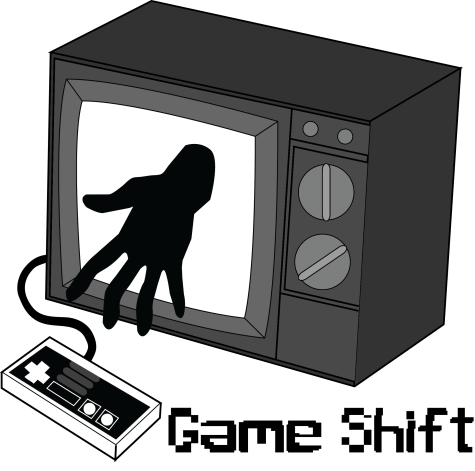When Kickstarter and IndieGoGo, two popular crowd-funding websites, started up, they quickly became very popular. People from all over the world began using its crowd-funding abilities to their advantage.
Crowd-funding websites are used by small companies or individuals that need money for any projects that they want to create and ask the public to help out.
There have been some really great concepts and ideas that have been funded using these websites, including Shane Koyzcans new book “A Bruise on Light,” and the amazing party game, Cards Against Humanity.
But then there are the bad apples.
There are hundreds of projects that are put forth for the world to fund that really don’t need to exist.
Prominent examples include someone who wants $500 for a jail-broken Playstation 3, a project that gets you a “You’re a Backer” t-shirt for backing it, and a project that wants $5,000 to produce a fake phone that people can hold instead of their actual phone. Some just get too ridiculous to believe.
Fortunately, most of these projects barely get anything before they finish.
However, some essentially pointless projects take off. The fake phone project, called the “NoPhone,” actually got $8,172 during its funding time. That’s a lot of money for essentially a small rectangular piece of rubber.
But that’s not even the worst of it.
While the “NoPhone” may seem odd and unnecessary, at least they’re producing the product they promised. Others abuse the funds and never get around to getting anything done, such as the Kreyos Watch and the Healbe GoBe.
The Kreyos Watch was given $1,502,019 out of its $100,000 goal. It was to be the newest and greatest smart-watch. However, delivery delays and obsolete technology set the project back, and the co-founder of Kreyos, Steve Tan, was seen with a new Lamborghini. Most, if not all, the watches have been reviewed poorly.
Believe it or not, the Healbe GoBe is actually worse than the Kreyos Watch.
It had a similar campaign, getting $1,079,696 out of its $100,000 goal. The GoBe was meant to be an easy-to-wear device that would track your calorie intake and send the data to your phone using wireless tracking and an app that would be developed at the same time. It sounded too good to be true, which is an accurate statement.
The Healbe GoBe was a complete farce. Scientists have been trying to create this kind of technology for years, and haven’t had success, but some small company stationed in Germany claims to have a product that can do this.
A finding of this magnitude wouldn’t need Kickstarter or IndieGoGo to get the funding to create this project because, if they really did discover how to track a person’s calorie intake by meal this easily, they would be swimming in money overnight.
So as the funding period ended and the backers started to wait to see when this product would come out, they slowly started to get angry as Healbe produced nothing. Even though Healbe has apparently been keeping communications up with IndieGoGo, they have not been talking to anyone else about their product.
Crowd-funding can be a great and awesome way to get an interesting and cool project up and running, but fair warning, do some research and make sure that you aren’t investing your money into a failure.


